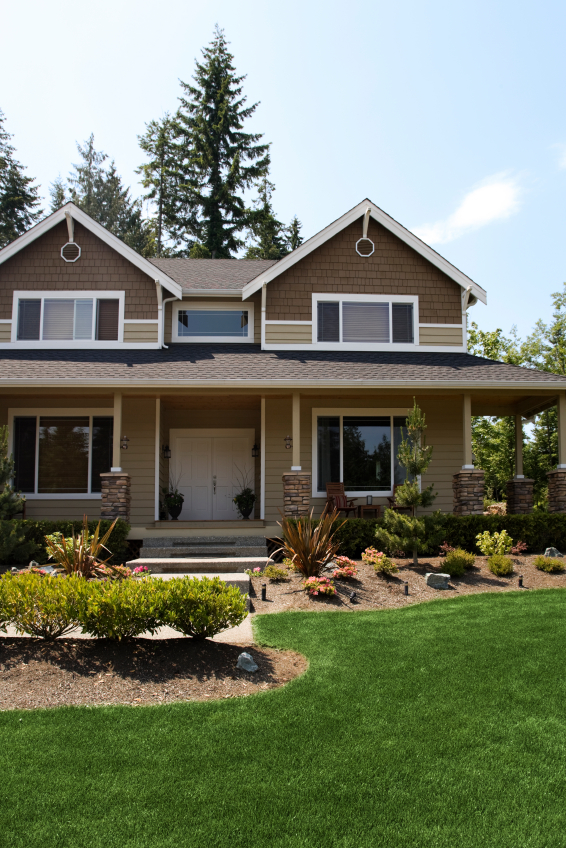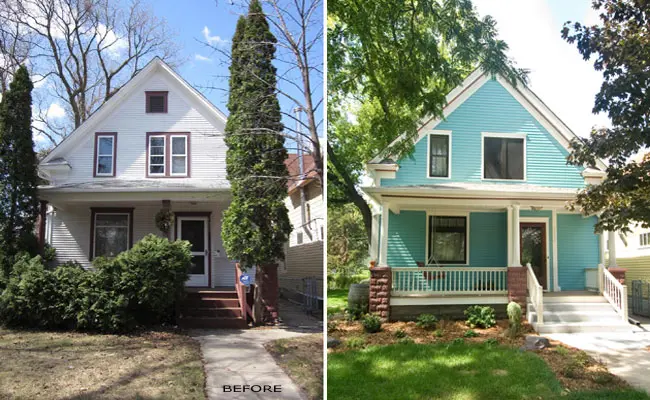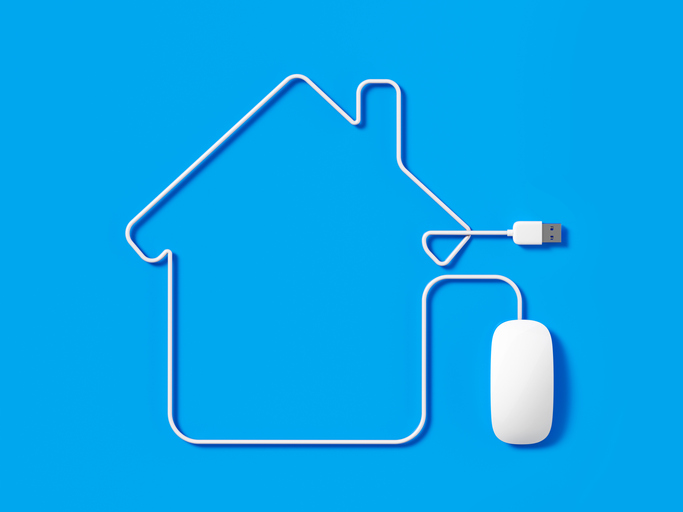When it comes to maintaining safe and thriving communities, code violations can be a significant concern. Fortunately, code violation abatement programs are a crucial tool in addressing these issues. In this article, we’ll explore what code violation abatement is and why it matters for both residents and property owners.
Understanding Code Violation Abatement
Code violation abatement refers to the process of identifying, addressing, and rectifying violations of local building codes, zoning ordinances, and property maintenance regulations. These violations can encompass a wide range of issues, from overgrown yards and improper signage to more serious concerns like structural deficiencies or health hazards.
Why Code Violation Abatement Matters
1. Community Safety:
- Addressing code violations enhances the safety of communities. It ensures that buildings and properties comply with safety standards, reducing the risk of accidents or hazards that could harm residents and visitors.
2. Property Values:
- Code violation abatement plays a significant role in preserving property values. Well-maintained properties in compliance with local regulations are more attractive to buyers and renters, positively affecting property values in the neighborhood.
3. Aesthetic Appeal:
- Abating code violations improves the overall aesthetics of a community. This creates a more visually appealing environment for residents and encourages a sense of pride in their community.
4. Health and Well-being:
- Some code violations, such as pest infestations, mold growth, or unsanitary conditions, can pose health risks to occupants. Abating these violations protects the health and well-being of residents.
5. Neighborhood Cohesion:
- A well-maintained community fosters a sense of cohesion among neighbors. When everyone respects and adheres to local codes, it contributes to a harmonious living environment.
The Code Violation Abatement Process
Code violation abatement typically follows a structured process:
1. Inspection and Identification:
- Local authorities or code enforcement officers conduct regular inspections to identify violations. These violations may be reported by residents, discovered during inspections, or identified through citizen complaints.
2. Notification:
- Property owners receive formal notifications outlining the violations and the required corrective actions. They are usually given a specific timeframe to address the issues.
3. Correction and Compliance:
- Property owners are responsible for taking corrective actions to bring their property into compliance with local codes and regulations. This may involve repairs, renovations, or other remediation efforts.
4. Follow-up Inspections:
- Authorities conduct follow-up inspections to verify that the violations have been resolved and that the property is now in compliance.
5. Penalties:
- In cases of non-compliance or failure to address violations within the specified timeframe, property owners may face fines or legal consequences.
Conclusion
Code violation abatement is not just about maintaining a neat appearance; it’s a critical aspect of community safety and property value preservation. By addressing violations promptly and promoting compliance with local codes and regulations, code enforcement agencies and property owners alike contribute to healthier, safer, and more appealing communities for everyone.


:max_bytes(150000):strip_icc():focal(674x619:676x621)/Kentucky-Flooding-073022-01-41321117ea5c47f58cdb9fbf6dadde1a.jpg)
